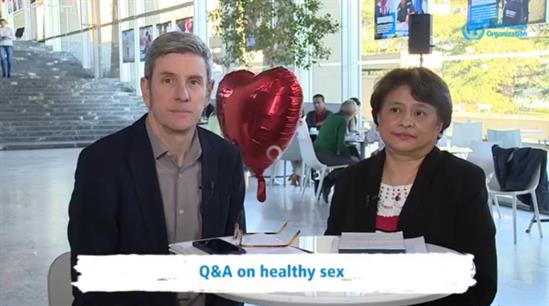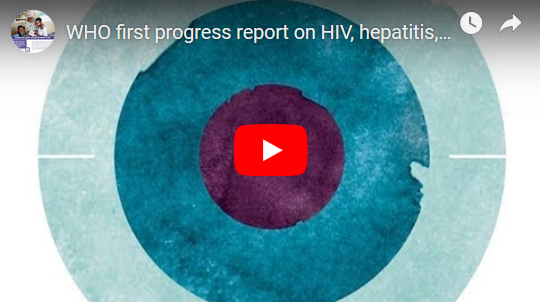Stopping multi-drug resistant gonorrhoea
The rapidly changing antimicrobial susceptibility of Neisseria gonorrhoeae has created problems in developing countries since the introduction of antibiotics. Because of the widespread resistance, older and cheaper antibiotics have lost their usefulness as treatment options. Drugs like penicillin, tetracycline and ciprofloxacin have been effective in the past, but now all of the 82 million cases of gonorrhoea detected each year are resistant to one or all of these. The last effective drug we have, ceftriaxone, already indicates increasing gonococcal resistance. Without new antibiotics, we will have no easy treatment options. This is a great concern that will have a major impact in disease control efforts.
The WHO Gonococcal Antimicrobial Surveillance Programme has been documenting the emergence and spread of antimicrobial resistance (AMR) in gonorrhoea and uses this to inform updated treatment guidelines. WHO has recently enhanced the global surveillance by developing standard surveillance protocols (EGASP).
The Global Health Sector Strategies on, respectively, HIV, viral hepatitis and sexually transmitted infections for the period 2022-2030 (GHSS) sets the target of 90% reduction in the incidence of gonorrhoea globally. The global action plan to control the spread and impact of gonococcal AMR, aligned with the global action plan on antimicrobial resistance, defines key actions to better prevent, diagnose earlier and effectively manage and control gonorrhoea.
The latest research identified the need for new antibiotics, accurate point-of-care diagnostic tests – ideally ones that can predict which antibiotics will work on each particular infection – and ultimately, a vaccine to prevent gonorrhoea.



